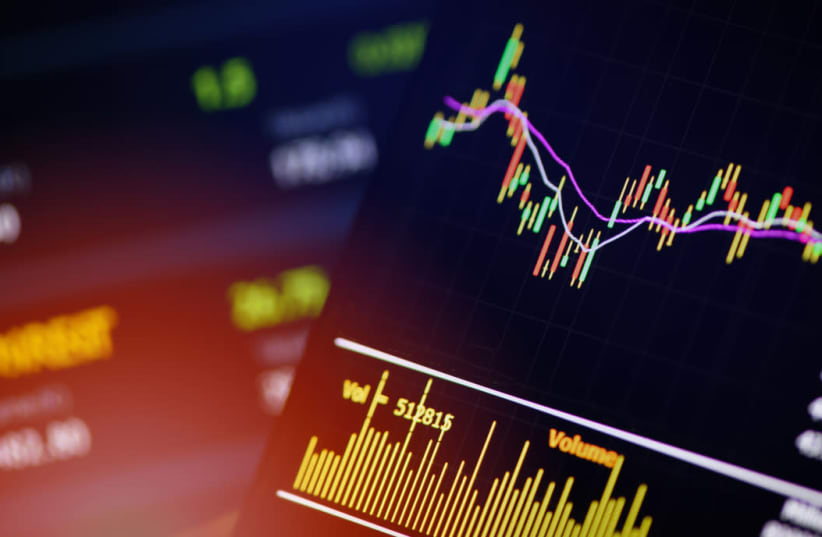How Forex affects the American Dollar
The Foreign Exchange Market (Forex for short) is affected by a spectrum of variables – these include and are not limited to politics, global news and events, companies and banks. Within these aforementioned sectors, there’s lots going on. In essence, the Foreign Exchange Market is prone to the actions of so many financial intricacies, that traders and investment bankers often cannot say with confidence how a share price will react or how a currency will perform. All that day traders and investors alike can do is constantly look to real time updates and Forex news to try and make profitable predictions. This means that applicable news websites are often consulted and situations around the world are constantly monitored. While the forex market affects the American dollar, it is the world economy and the movements within it that ultimately dictate the outcomes of the market and its financial affiliates. It’s impossible to speak about the financial markets of the world without speaking about the economic climate that has been raging through 2020, and although a lot of markets are seeing positive trends after 18 months, there is still a lot of uncertainty as business leaders try and eliminate any economic risk, wherever possible.
The emergence of the US economy
The US economy is on the mend, but it’s recovery is like one none any have ever seen. Unlike the recession of 2008, which was financially driven, the recession that the US and world has gone through and is still going through has been deemed a natural disaster – something to liken to Hurricane Katrina, but on a much larger scale. As the world and the US moves towards the light at the end of the tunnel, the financial aftermath that is availing itself is quite unlike anything that’s been seen before. The impact of 2020 meant that some sectors were heavily affected while others were not. For instance, households were able to save cash and banks were able to amass capital. US household debt is now at a low level not seen since 1980 while the Dow Jones Industrial Average is up almost 18% from its peak in the first month of 2020. In addition, nationwide US home prices are almost 14% more since the same time.
It all sounds incredibly positive, but there are pitfalls that have accompanied this sudden turn of events, namely a shortage of goods, labour, and raw materials. A number of economists are expecting a temporary inflationary increase, a notion backed by the Federal Reserve, however, there are others who are concerned it might be here to stay once wide-scale reopening has been achieved. The sudden economic rebound that the US is facing has caused quite a stir; many economists and policy makers were banking on a recovery process that would last for years. Now the expectation is that the size of the economy will exceed its levels seen 16 months ago, to bounce back this quarter. So optimistic are these predictions, that analysts foresee an end -of -year GDP on par with predictions aligned with forecasts made before 2020. The last recession’s outcome was unemployment; this time round, and bolstered by a new confidence, is that many industries are re-opening and are more than willing to hire.
Traded currencies – USD is No.1
Back in April of 2019, 88% of conducted trades took place between the US dollar and other currencies. The majority of international transactions are reimbursed in dollars – a result of the Bretton Woods agreement reached towards the end of World War II from which emerged the IMF (International Monetary Fund), the World Bank and the dollar’s role in global financial affairs. At the time, part of the agreement was that the price of the dollar be fixed to that of gold, something that would later fall away due to the oil crises of the 1970s. The dollar’s extent of dominance has remained largely unmoved since 2019. Next up is the euro which enjoys 32% of trades, and it’s followed by the Japanese Yen which occupies 17% of the market.
Who are the biggest forex traders?
Leading the way are major private banks and central banks who make up for 38% of the daily turnover. As is abundantly clear, forex trading is the primary source of profits for these banks. Next up are regional banks. These smaller operators account for 13% of conducted trades and are more likely to use forex swaps. Corporations along with multinationals make up for 7% of total trades. The latter must trade in foreign currencies, namely the US dollar, in order to protect and uphold the value of their sales. If not, they could suffer losses, especially if the country they’re doing business with sees its currency devalue. Insurance companies and pension funds account for just over 6% with hedge funds covering 5% of forex trades.
How is the dollar’s value affected?
Forex trading directly impacts the value of the dollar. When traders command a higher price for the dollar, logic dictates that its value rises. This usually occurs when other countries are deemed as high risk, which results in the dollar becoming a safe haven currency or a go-to-currency. The dollar’s value is also subject to US interest rates, and traders who have US dollars can coin it by putting their dollars in the bank for returns on good interest. Banks are fully aware of the dollar’s value and charge more for it when its traded for foreign currencies.
In conclusion
All of these factors, economical and global, are what essentially affect the various facets of the foreign exchange market. Due to the optimistic predictions of policy makers and analysts, Forex markets are likely to enjoy continued forward-looking trends while the US dollar is expected to rise in value.
